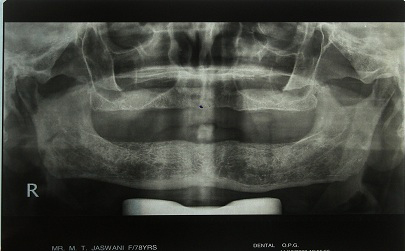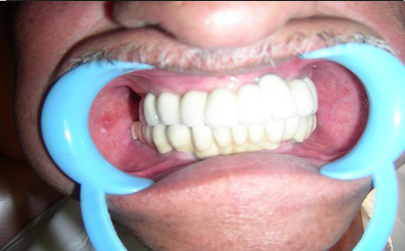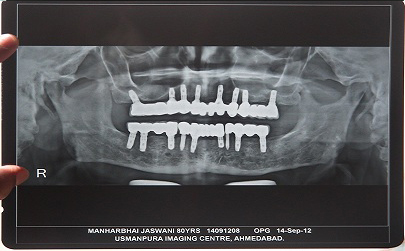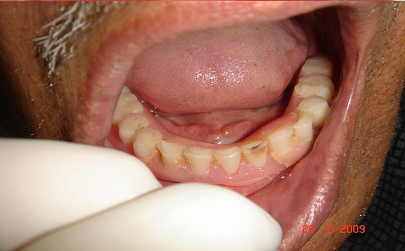+91-079-26421798
,+91 9825598120
For Appointment
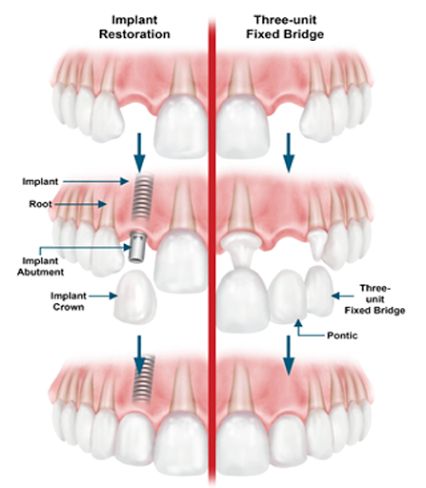
Gum disease, tooth decay, injury, or a genetic condition can all be behind a missing tooth.
Regardless of the underlying cause for missing teeth, if you’re looking to replace a lost tooth or make adjustments to the overall appearance of your mouth, there are different treatments available.
Here’s a look at a few options to replace missing teeth
Dental ImplantsSingle tooth replacement
Multiple tooth replacement
All the teeth replacement in either upper or lower jaw
To support removable dentures
Most patients who are healthy and not restricted from undergoing minor dental surgical procedures, and who have good oral hygiene can have dental implants. Your dentist will assess the potential implant site to determine whether there is sufficient bone volume and gum thickness to allow placement of an implant. We begin by undertaking a clinical examination that will involve inspection, palpation and gentle probing of the potential implant site and adjacent teeth. In straightforward cases, simple dental x-rays are usually sufficient to examine the bone. In more complex cases, specialized implant x-rays, known as tomograms, are usually required (either plain x-rays or CAT scans).
Implants function and feel very much like natural teeth. For patients that have lived with removable appliances, you will feel much more secure with implant retained teeth versus your old removable teeth.
Most recent implant systems have success rate of 90-98% for 10 years
Smoking is one of the biggest risk factors in failure of dental implants. Recent studies estimate that the chances of failure increase in a smoker.
Now a day's, an implant can be replaced if it fails to bond with the bone provided that adequate bone and gum tissue is present. Failures do not occur very often but they do occur.
Now a day's, existing dentures and other temporary appliances can be worn immediately after implant surgery. There are exceptions but our goal is too minimize any esthetic concerns during the healing phase
Now a day's, implants can be placed using local anesthesia in our office. In more complex cases, we may recommend that the surgical phase be performed while you are under sedation.
Sometimes if quality and quantity of bone is adequate then immediate loading of implants can be possible where the final crown is given within 3-7 days.
When a tooth has been lost and there are healthy teeth on both sides of the newly missing tooth or teeth, then a fixed bridge is a treatment option. The other options are implants or a partial denture.
The procedure for having a fixed bridge made is essentially the same as having a crown made except that a fixed bridge involves at least two supporting teeth. What does cause confusion is the amount of teeth needed for a fixed bridge. To replace one missing tooth requires a three tooth bridge. This is because the teeth on both sides of the missing tooth must be part of the bridge to provide support.
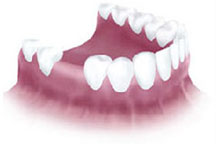
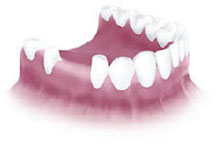

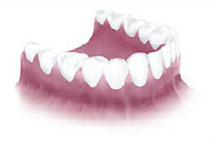
Fixed bridges are typically made from porcelain with a metal sub-structure, Zirconia, Alumina or Procera or white metal (which looks like steel )or and they require at least two appointments. The first appointment is used to prepare and temporize the teeth.
